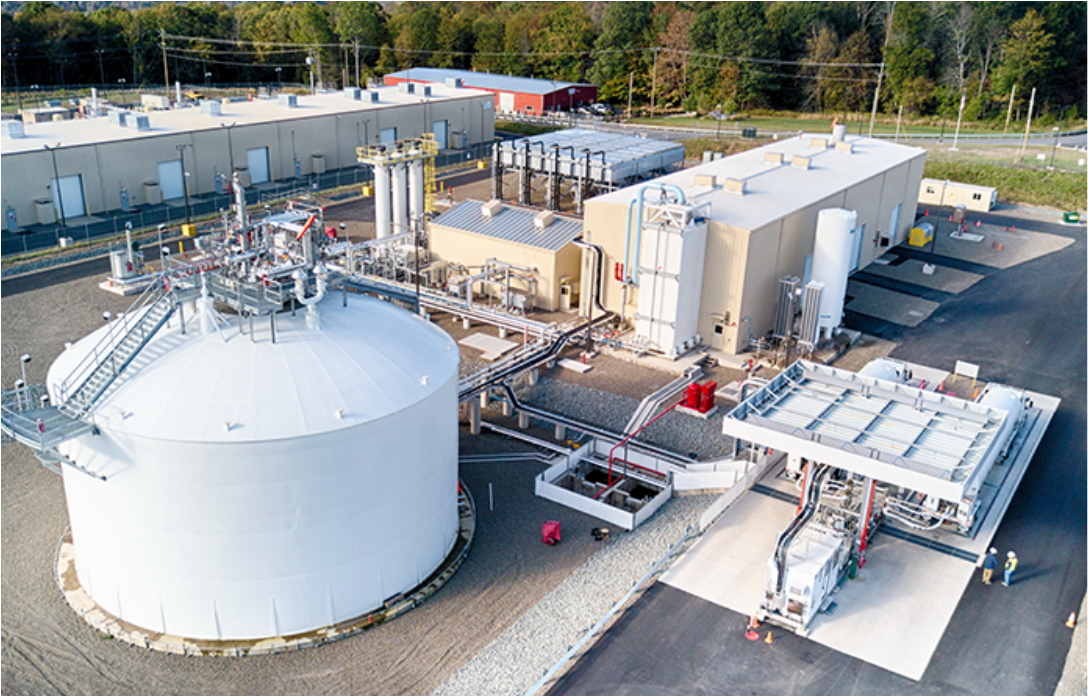
According to a report by the Institute for Energy Economics and Financial Analysis (IEEFA), switching to green ammonia would help reduce India's fertilizer subsidy burden while also increasing energy self-reliance by reducing reliance on imports of expensive liquefied natural gas (LNG) for fertilizer manufacturing.
For 2022-23, India's fertilizer subsidy is expected to be close to $1.05 trillion ($14.2 billion), the third year in a row that it has exceeded $1 trillion. However, high and volatile global gas prices, exacerbated by the Russia-Ukraine war, have driven fertilizer prices to all-time highs, implying that the subsidy will have to be significantly increased.
From $10.75/MMBtu (metric million British thermal units) in January 2021 to $33.00 in January 2022, gas prices nearly tripled. Between October 2021 and March 2022, global urea prices reached all-time highs of $690-794/tonne (51.4-60.4/kg). However, the retail price of urea for the Indian agriculture sector remained at a heavily subsidized 5.3/kg ($71/tonne), reflecting a more than 90 percent subsidy on the global benchmark price of urea.
"Demand for fertilizer in India is expected to rise, necessitating additional subsidies and LNG imports unless we switch to a cleaner and domestically produced feedstock," said Kashish Shah, energy finance analyst at IEEFA, in a statement.
"Green hydrogen is produced through the electrolysis of water using renewable energy sources, and it can replace grey hydrogen, which is produced as a feedstock for ammonia production from natural gas, or methane."
According to Shah, demand for hydrogen in the Indian fertilizer industry is expected to increase from about 3MT (million tonnes) per year today to 7.5MT by 2050. According to the International Energy Agency's (IEA) hydrogen project database, there is 8MT of green hydrogen to green ammonia production capacity planned worldwide.
The report examines leading green hydrogen to green ammonia projects around the world and assesses the cost competitiveness of producing green ammonia using various electricity inputs – grid electricity, continuous renewable energy, and solar power plus batteries.
The cost of producing green hydrogen is currently around $5.5 per kilogramme, or $3 per kilogramme in countries with abundant solar resources, and is expected to fall sharply over the next decade. However, in order to compete with grey hydrogen at $2 per kg, the costs of two critical inputs, electrolyzers, and renewable energy, must be reduced even further.
"While the cost difference between producing green hydrogen and producing hydrogen from fossil fuels is narrowing, there is still a long way to go," Shah says. He claims that manufacturing electrolyzers in India, in tandem with the growing solar PV manufacturing base, would reduce the cost of producing green hydrogen for green ammonia.
According to the report, the government's new green hydrogen policy provides a variety of incentives to green hydrogen and green ammonia manufacturers, including the allocation of land in renewable energy parks, the waiver of interstate transmission charges for 25 years, and the banking of renewable power for up to 30 days.
















